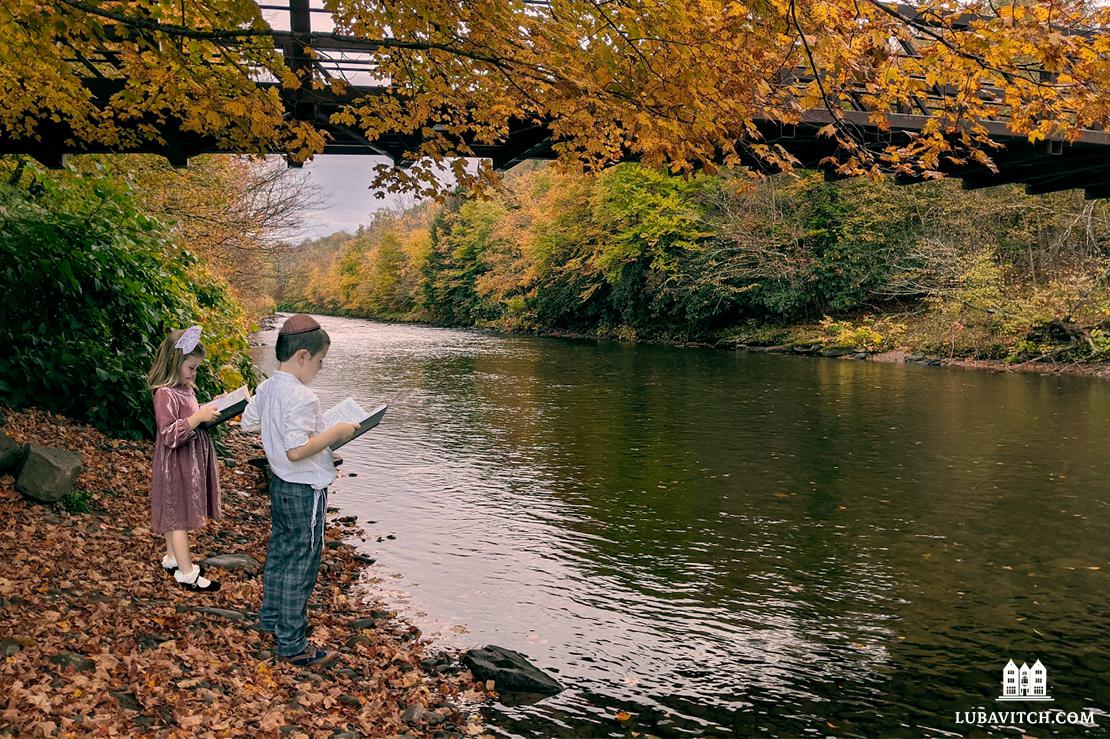At the end of every seven years, at an appointed time, in the festival of Sukkot [following] the year of Shemitah, when all Israel comes to appear before the Lord, your G‑d, in the place He will choose, you shall read this Torah before all Israel, in their ears. Assemble the people: the men, the women, the children . . .
—Deuteronomy 31:10-12.
Every year, as Rosh Hashanah approaches, anticipation fills the air. The Days of Awe overbrim with possibilities: renewal, reconciliation, forgiveness.
And it is togetherness that makes it all happen.
At this time of year, Jews of all affiliations and of none at all flock to the synagogue. Jews who may not regularly hold a prayer book or don a tallit do so now. Many are hearing Kaddish and the reading of the Torah for the first time in months.
That Jewish people everywhere in the world come to synagogue to reconnect with their heritage, with the liturgy and the law that have sustained our people for millennia, is awesome. The multitude of resounding “amens” lean on G-d to bless us generously.
But even before the first machzor is opened, we are blessed. Even before the first “amen” and before the first shofar blast is sounded, we elicit G-d’s greatest blessings. For such is the power of this annual family reunion. As the shul fills up, His spirit fills the auspicious space.
We are approaching the culmination of an entire year dedicated to togetherness: Hakhel (literally “gather”) is observed every seven years following the Sabbatical Shemitah year. In Temple times, the entire Jewish nation would gather in Jerusalem. The people would spend Sukkot together and rejoice in their togetherness. The Jewish king would read selections from the Torah. The experience would sustain the nation’s spiritual commitment for another seven years.
Historically, Hakhel occurred only one day a year—only on Sukkot and only at the Temple. Always innovating, the Rebbe breathed new life into this ancient tradition. Although we do not have the Holy Temple today, and not all of us are in the Holy City of Jerusalem, the most critical component of Hakhel—Jewish unity—is still imminently accessible. The Rebbe taught that Hakhel’s extraordinary effect permeated the entire year, turning it into a “year of Hakhel.”
When we do mitzvahs, let us do them together. When we study the Torah, let us study it together. Let us pray together and become inspired together. Whatever we do, let’s do it together. And even if we do nothing, let us do that together too.
Absent the physical Temple and a Jewish king, the Rebbe encouraged each and every one of us to become the king of our own domain: to hold gatherings with family, friends, and community. To unite all Jews, the adults and the children. To inspire each other with our shared commitment to Jewish heritage and the study of Torah.
As we approach the conclusion of this Hakhel year, we have reason to be hopeful about the Jewish future. The many mitzvahs, the hours of Torah study, the prayers of millions, and the return of so many Jews to the traditions of their ancestors, point to a deeply invested Jewish community.
And, as Hakhel teaches us, it is our togetherness that makes it all happen. So when we do mitzvahs, let us do them together. When we study Torah, let us study it together. Let us pray together and become inspired together. Whatever we do, let’s do it together. And even if we do nothing, let us do that together too.
For in our unity, we hold the key to G-d’s forgiveness and compassion. As the Midrash (Tanhuma 18) says, “. . . at the time that Israel makes itself one group, the trait of strict judgment does not reach them . . . ”
May this be a year of togetherness.
Wishing you all a healthy, happy, and sweet new year.
This editorial appears in the Fall/Winter 2023 issue of Lubavitch International, to subscribe to the magazine, click here.

Be the first to write a comment.